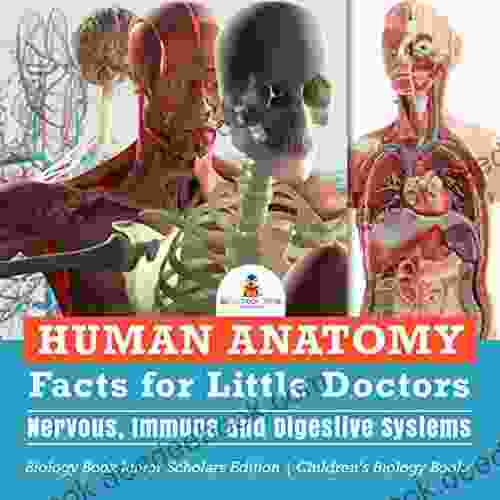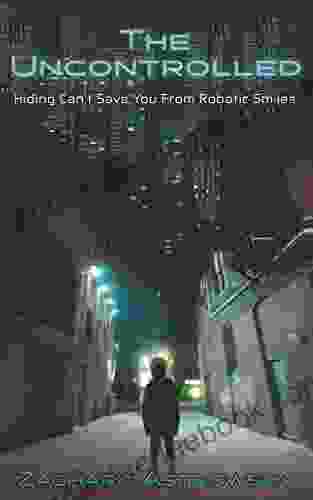Human Anatomy Facts For Little Doctors: Embark on an Anatomical Adventure

5 out of 5
| Language | : | English |
| File size | : | 22415 KB |
| Print length | : | 249 pages |
Are you ready to embark on an anatomical adventure and learn about the amazing human body? From the bones that support us to the organs that keep us alive, there's so much to discover. So put on your lab coat and let's get started!
The Skeletal System
The skeletal system is made up of all the bones in your body. It supports your body, protects your organs, and allows you to move. There are 206 bones in the adult human body.
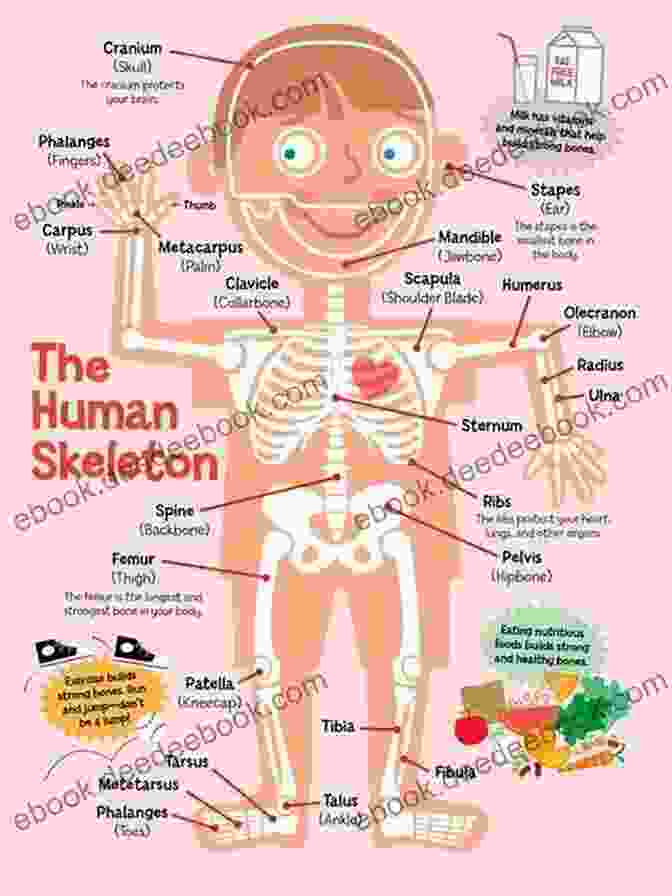
The largest bone in your body is the femur, also known as the thigh bone. The smallest bone in your body is the stapes, which is located in your ear.
The Muscular System
The muscular system is made up of all the muscles in your body. Muscles allow you to move, breathe, and digest food. There are over 600 muscles in the human body.
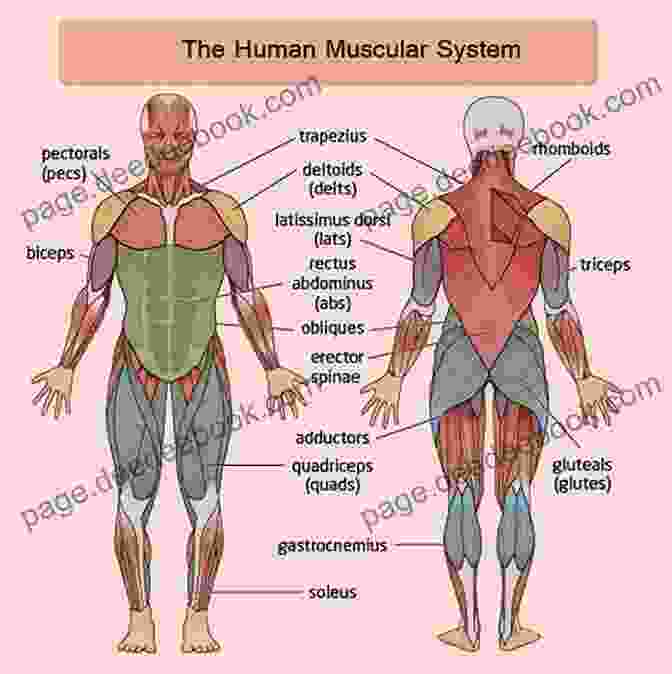
The largest muscle in your body is the gluteus maximus, which is located in your buttocks. The smallest muscle in your body is the stapedius, which is located in your ear.
The Nervous System
The nervous system is made up of your brain, spinal cord, and nerves. It controls everything you do, from thinking to breathing. The brain is the most complex organ in the human body, and it is responsible for processing information, making decisions, and controlling movement.
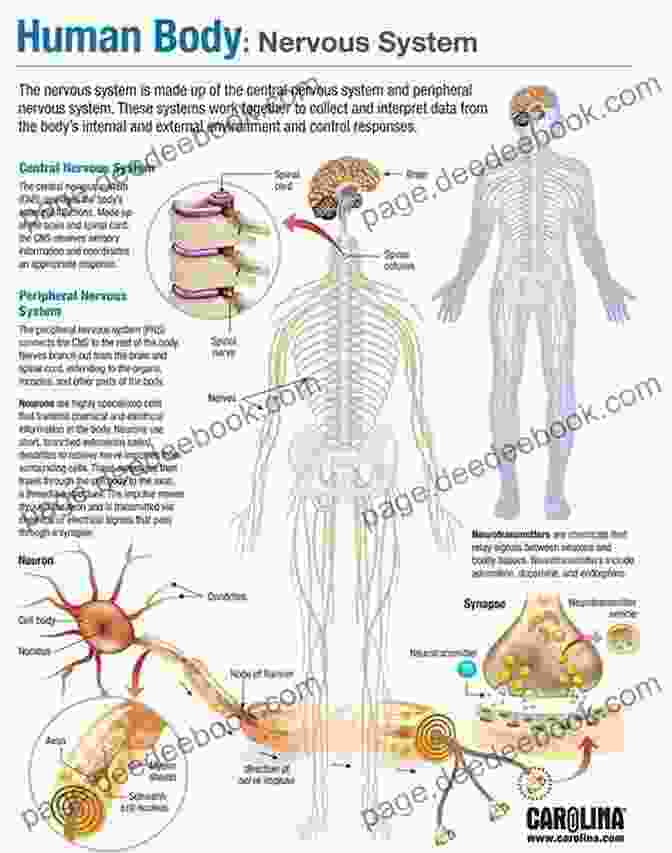
The spinal cord is a long, thin bundle of nerves that runs from the brain down the back. It carries messages between the brain and the rest of the body.
The nerves are like tiny wires that carry messages throughout the body. They allow you to feel, move, and breathe.
The Circulatory System
The circulatory system is made up of your heart, blood vessels, and blood. It pumps blood throughout your body, which carries oxygen and nutrients to your cells. The heart is a muscle that pumps blood through your body. The blood vessels are tubes that carry blood from the heart to the rest of the body and back again.
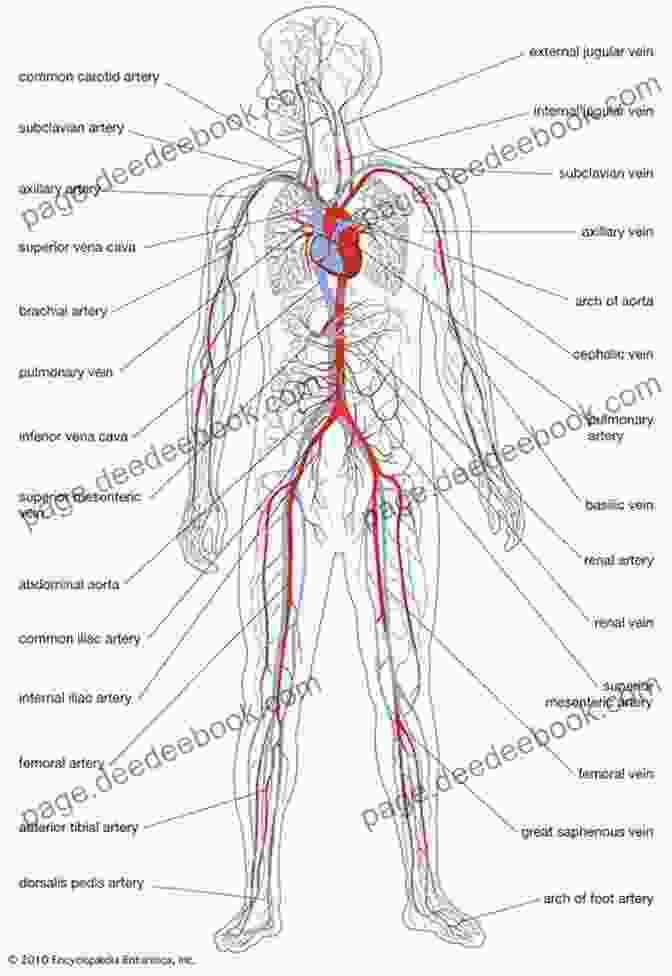
The blood is made up of red blood cells, white blood cells, and platelets. Red blood cells carry oxygen to your cells. White blood cells fight infection. Platelets help stop bleeding.
The Respiratory System
The respiratory system is made up of your lungs and airways. It allows you to breathe oxygen and expel carbon dioxide. The lungs are two large organs that are located in your chest. They are filled with tiny air sacs called alveoli. The airways are tubes that carry air to and from the lungs.
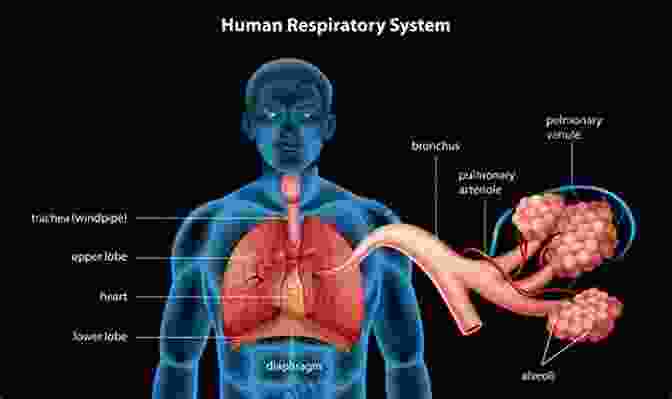
When you breathe in, air enters your nose or mouth and travels down the airways to your lungs. The alveoli in your lungs fill with air. The oxygen in the air passes from the alveoli into your blood. The blood carries the oxygen to your cells. When you breathe out, carbon dioxide from your cells passes into your blood. The blood carries the carbon dioxide to your lungs. The carbon dioxide is expelled from your lungs when you breathe out.
The Digestive System
The digestive system is made up of your mouth, esophagus, stomach, small intestine, large intestine, and rectum. It breaks down food and absorbs nutrients. The mouth is where you chew food. The esophagus is a tube that carries food from the mouth to the stomach. The stomach is a sac that stores food and breaks it down with acid and enzymes. The small intestine is a long, thin tube where most of the nutrients from food are absorbed. The large intestine is a shorter, wider tube where water and electrolytes are absorbed from food. The rectum is the final part of the digestive system, and it stores waste until it is expelled from the body.
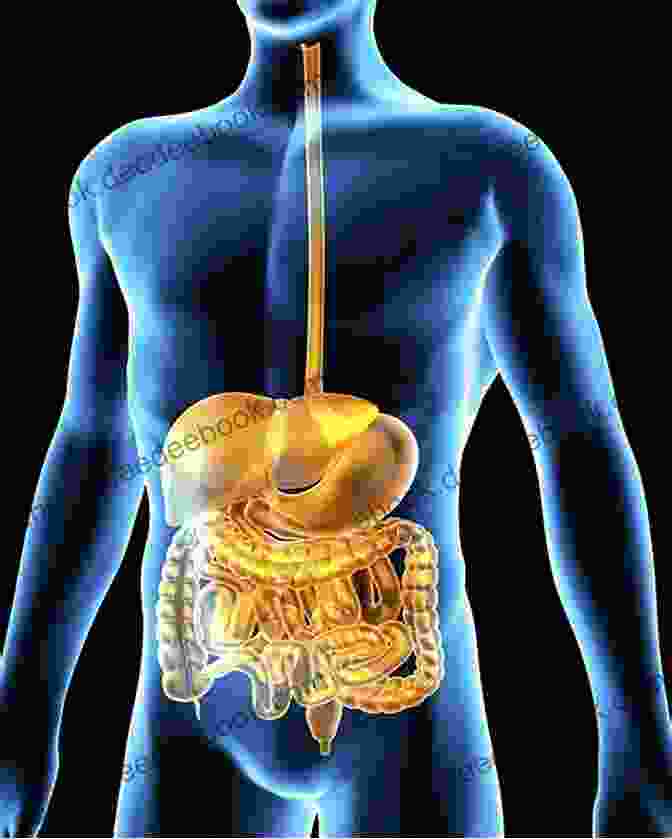
The digestive system is a complex system that works together to break down food and absorb nutrients. The nutrients from food are used to build and repair cells, and to provide energy for the body.
The Urinary System
The urinary system is made up of your kidneys, ureters, bladder, and urethra. It filters waste products from your blood and produces urine. The kidneys are two bean-shaped organs that are located in your abdomen. They filter waste products from your blood and produce urine. The ureters are two tubes that carry urine from the kidneys to the bladder. The bladder is a sac that stores urine. The urethra is a tube that carries urine from the bladder to the outside of the body.

The urinary system is a complex system that works together to filter waste products from your blood and produce urine. Urine is expelled from the body when you urinate.
The Reproductive System
The reproductive system is made up of your reproductive organs. In males, the reproductive organs include the testes, penis, and seminal vesicles. In females, the reproductive organs include the ovaries, uterus, and vagina. The reproductive system is responsible for producing and transporting gametes (eggs and sperm) for the purpose of reproduction.

The reproductive system is a complex system that works together to produce and transport gametes for the purpose of reproduction. Reproduction is the process of creating new individuals.
We hope you enjoyed this fun-filled anatomical adventure! The human body is an amazing machine, and there's always something new to learn about it. As you grow and learn more about the human body, you'll be better equipped to take care of your health and well-being. So keep exploring, keep learning, and keep discovering the wonders of the human anatomy!
5 out of 5
| Language | : | English |
| File size | : | 22415 KB |
| Print length | : | 249 pages |
Do you want to contribute by writing guest posts on this blog?
Please contact us and send us a resume of previous articles that you have written.
 Book
Book Novel
Novel Page
Page Text
Text Genre
Genre Paperback
Paperback Magazine
Magazine Sentence
Sentence Bookmark
Bookmark Shelf
Shelf Glossary
Glossary Bibliography
Bibliography Preface
Preface Synopsis
Synopsis Annotation
Annotation Manuscript
Manuscript Bestseller
Bestseller Classics
Classics Narrative
Narrative Biography
Biography Autobiography
Autobiography Reference
Reference Encyclopedia
Encyclopedia Dictionary
Dictionary Thesaurus
Thesaurus Resolution
Resolution Card Catalog
Card Catalog Borrowing
Borrowing Archives
Archives Periodicals
Periodicals Research
Research Lending
Lending Journals
Journals Reading Room
Reading Room Rare Books
Rare Books Thesis
Thesis Awards
Awards Book Club
Book Club Theory
Theory Textbooks
Textbooks Iris Clermont
Iris Clermont Jessica Cluess
Jessica Cluess Michael Mcgarrity
Michael Mcgarrity Noriko Carroll
Noriko Carroll John O Connor
John O Connor Christopher Small
Christopher Small Niobia Bryant
Niobia Bryant Lasse Lehtonen
Lasse Lehtonen Jillian Eaton
Jillian Eaton Richard C Kirkland
Richard C Kirkland Jessie Kelley
Jessie Kelley Leticia Bode
Leticia Bode Filippo Bonini Baraldi
Filippo Bonini Baraldi Sasha Marshall
Sasha Marshall Tracy K Smith
Tracy K Smith Chase C Mooney
Chase C Mooney Edie Baylis
Edie Baylis Susan Rose Ackerman
Susan Rose Ackerman Venerable Master Hsuan Hua
Venerable Master Hsuan Hua Gordon Smith
Gordon Smith
Light bulbAdvertise smarter! Our strategic ad space ensures maximum exposure. Reserve your spot today!

 Clarence BrooksThe Savage Road Westward Saga: A Journey of Adventure, Danger, and Redemption
Clarence BrooksThe Savage Road Westward Saga: A Journey of Adventure, Danger, and Redemption Colt SimmonsFollow ·17.3k
Colt SimmonsFollow ·17.3k Trevor BellFollow ·7.4k
Trevor BellFollow ·7.4k George R.R. MartinFollow ·2.5k
George R.R. MartinFollow ·2.5k Theodore MitchellFollow ·10.8k
Theodore MitchellFollow ·10.8k Chase SimmonsFollow ·13.9k
Chase SimmonsFollow ·13.9k Samuel WardFollow ·6.3k
Samuel WardFollow ·6.3k Logan CoxFollow ·10.6k
Logan CoxFollow ·10.6k Charles ReedFollow ·3.6k
Charles ReedFollow ·3.6k

 E.E. Cummings
E.E. CummingsThe Routledge International Handbook on Fear of Crime
Fear of crime is a serious problem that can...
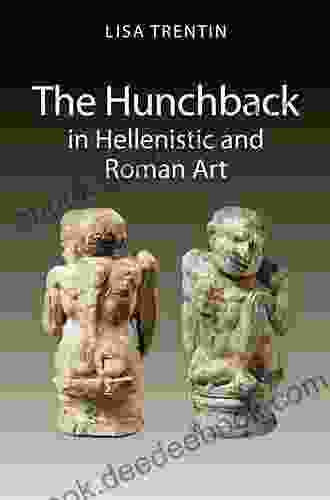
 Fletcher Mitchell
Fletcher MitchellThe Hunchback in Hellenistic and Roman Art: A...
The hunchback, or kyphosis, is a physical...

 Victor Turner
Victor TurnerA Comprehensive Guide to Needle Felting for Moms:...
Needle felting, a captivating craft...
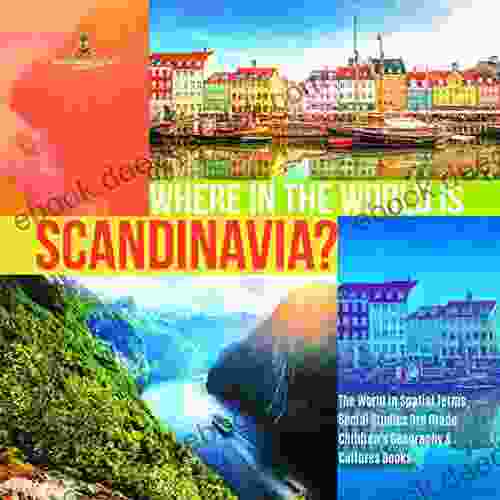
 Joseph Foster
Joseph FosterWhere is Scandinavia?
Scandinavia is a region in...

 Leon Foster
Leon FosterNovel Shades of Magic: A Masterpiece of Magical...
An Enthralling...
5 out of 5
| Language | : | English |
| File size | : | 22415 KB |
| Print length | : | 249 pages |


